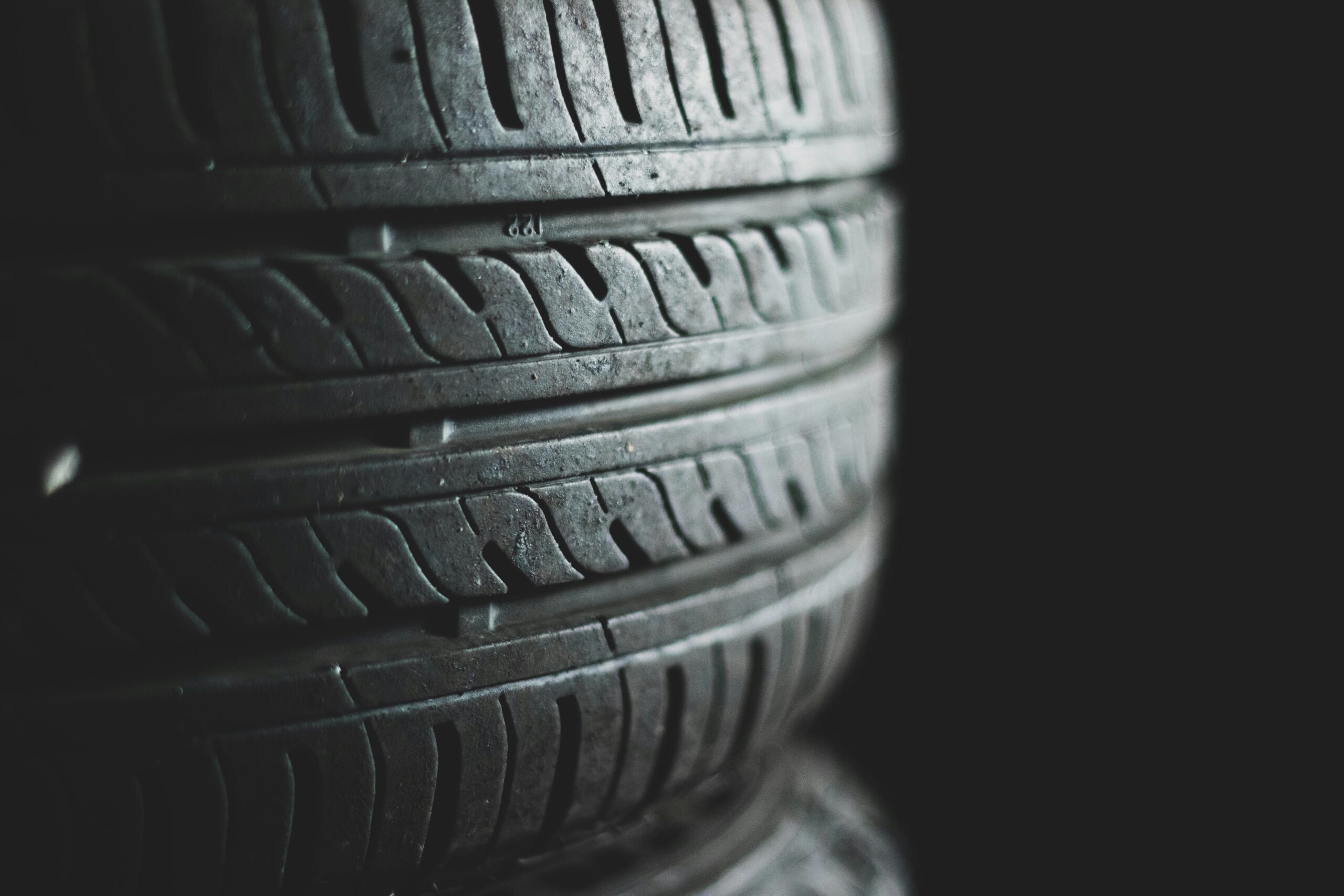Each year, millions of tires across the United States reach their end of life, creating a disposal challenge. Historically, many were sent to landfills or, worse, illegally dumped or burned—causing severe environmental harm. Today, state governments and the EPA (Environmental Protection Agency) enforce stricter rules around used tires, and many industries have discovered that recycled tire materials (like crumb rubber, tire-derived fuel, or rubber mulch) are both eco-friendly and profitable.
Key Benefits of Tire Recycling
- Environmental Protection: Keeps tires out of landfills and prevents toxic emissions from burning.
- Resource Recovery: Extract valuable materials (steel, rubber) for reuse in new products, reducing the need for virgin raw materials.
- Revenue Generation: Rubber mulch, crumb rubber for sports surfaces, and tire-derived fuel (TDF) can command a strong market price.
- Regulatory Compliance: Meeting or exceeding U.S. state-level requirements helps you avoid fines and ensures community goodwill.
Types of Tire Recycling Machines
Depending on your business model and the output you want, you may need one or more of the following machines:
- Tire Shredders
- Function: Cut whole tires into rough shreds or chips, making the material easier to handle and store.
- Who Needs It: Ideal for large-scale operations that supply shredded rubber for tire-derived fuel or feedstock for further processing.
- Tire Balers
- Function: Compress and bale waste tires into dense, stackable bales for transport or repurposing (e.g., building retaining walls).
- Who Needs It: Perfect for businesses focusing on storage efficiency or shipping bales to global markets.
- Tire Sidewall Cutters
- Function: Remove the sidewalls from truck, car, or off-the-road (OTR) tires. The separated sidewalls and treads can be recycled or used for different purposes.
- Who Needs It: Smaller-scale facilities looking to maximize rubber yield and separate steel, or those preparing tires for further processing.
- Rim Separators
- Function: Specifically designed to detach steel rims from rubber tires, ensuring maximum material recovery.
- Who Needs It: Auto shops, scrapyards, or recyclers who regularly handle large volumes of car and truck tires with rims still attached.
- Crumb Rubber Machinery
- Function: Grinds shredded tires into fine rubber granules, known as crumb rubber, used in athletic tracks, playground surfaces, and more.
- Who Needs It: Advanced recycling operations aiming to sell high-value crumb rubber products to various industries.
Navigating U.S. Regulations
Across the United States, laws on tire disposal and recycling vary significantly by state. Some states enforce strict disposal bans on whole tires, while others incentivize recycling with subsidies or tax breaks. A few tips for staying compliant:
- Research State Requirements: Regulations in California, Texas, and New York, for instance, can differ widely.
- Obtain Necessary Permits: Many states require specific permits for storing and processing large volumes of tires.
- Track Your Output: Proper documentation of where your recycled materials end up can protect you from legal issues.
- Stay Updated: Legislation evolves as recycling technology matures. Subscribe to state environmental agency newsletters or industry associations to keep track.
A Word from Gradeall
“At Gradeall, we see firsthand how the right tire recycling equipment elevates both sustainability and profitability for our clients across the United States. By tailoring machinery to each operation—whether that’s a sidewall cutter or a full-scale baling system—we’ve helped companies minimize waste, meet regulations, and add new revenue streams,”
– Conor Murphy, Gradeall
With over 30 years of experience in designing and manufacturing tire recycling machinery, Gradeall has a track record of delivering robust, efficient solutions that handle every stage of the recycling process. From sidewall cutters that prepare tires for further processing, to balers that condense tires into manageable bales for shipping, Gradeall’s machines are trusted globally.
https://www.youtube.com/watch?v=jzYUkdrClxY
How to Choose the Right Equipment
- Determine Your End Product
Decide what final material you want to produce—baled tires, shredded chips, crumb rubber. Each outcome requires a different machine or combination of machines. - Consider Throughput
Estimate how many tires you plan to process per day or month. High-volume facilities may require machines with faster cycle times and higher horsepower. - Factor in Space and Utilities
Assess the floor space you have available, along with electrical supply and ventilation needs. Machines like tire shredders can have significant energy demands. - Explore Financing and Leasing
Industrial recycling machinery can be a significant investment. Look into financing, leasing, or rent-to-own programs to spread out costs and preserve capital. - Check Maintenance & Service Support
Reliable after-sales service and ease of obtaining spare parts are essential for smooth operations. Ensure you have accessible support for routine maintenance.
Conclusion
Tire recycling in the United States offers a profitable path for businesses aiming to reduce environmental harm while creating valuable rubber products. Whether you’re handling passenger car tires, truck tires, or OTR tires, the right recycling machines streamline your process, help you comply with regulations, and open new revenue streams.
Ready to start or scale your tire recycling operation?
Contact Gradeall today for expert guidance on choosing the best tire recycling machines for your needs. Our team will help you navigate U.S. regulations, optimize your workflow, and turn waste tires into profitable resources.



































